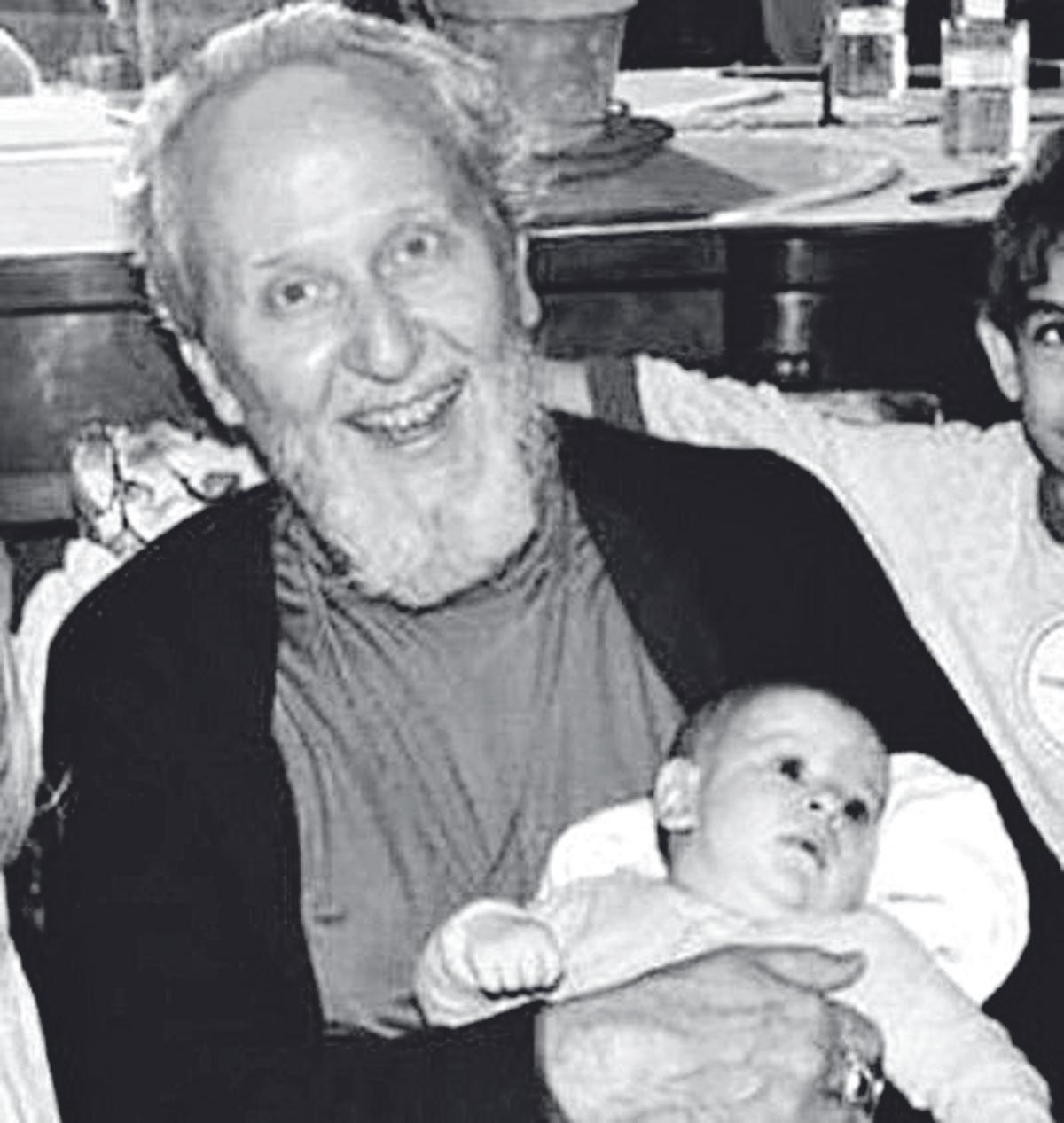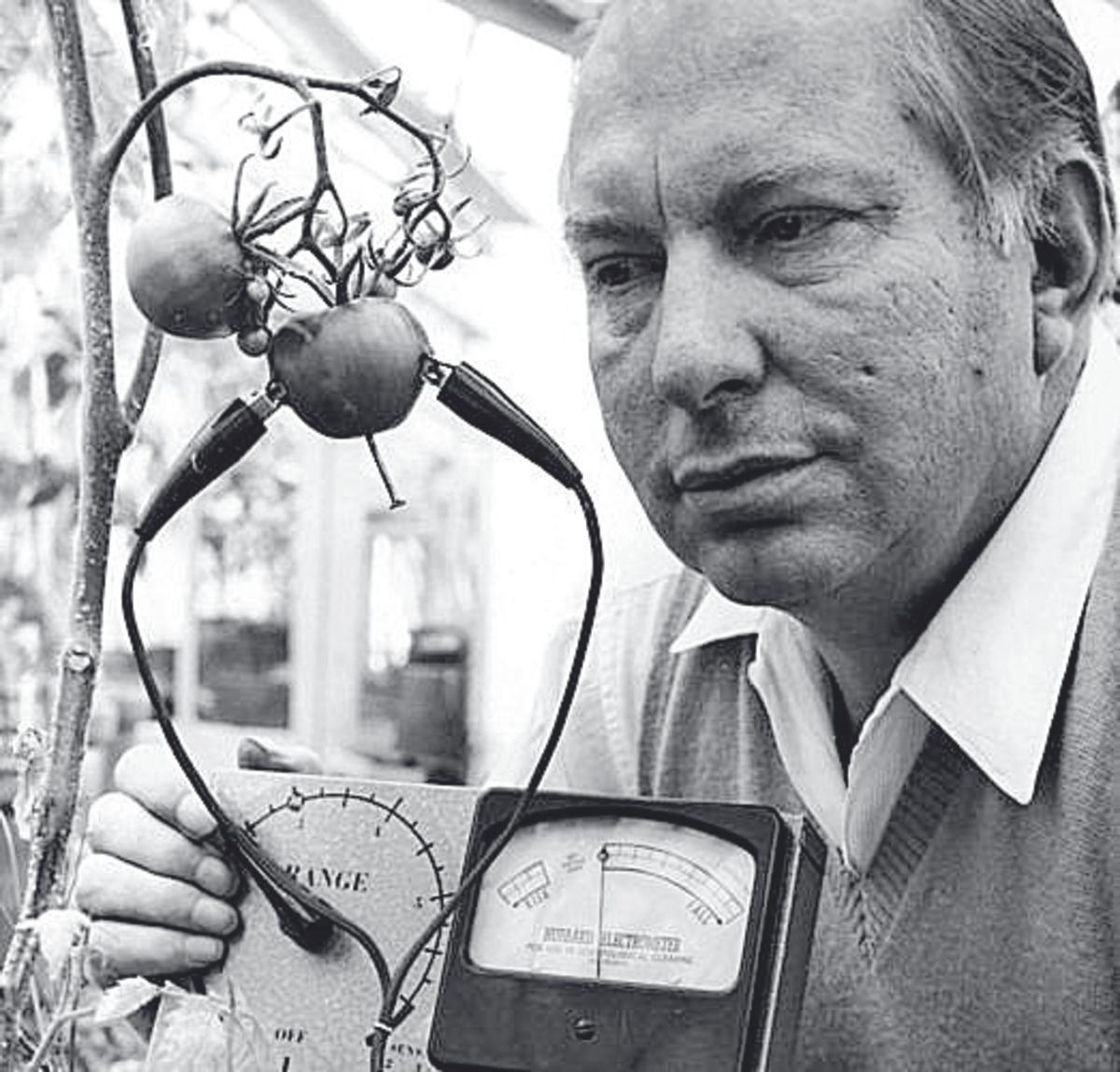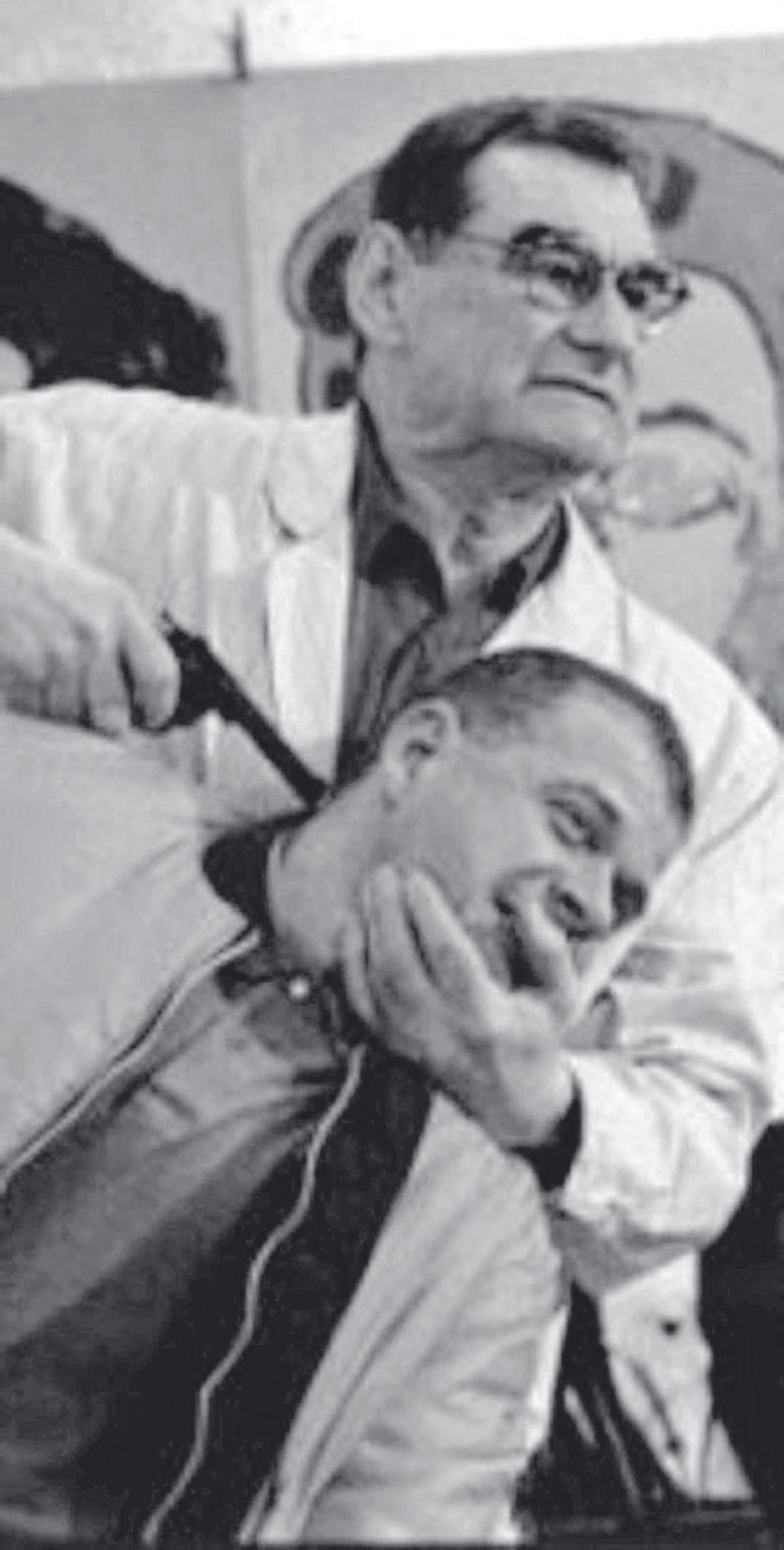“The axis of the Earth will explode and neither Europe, nor Munich, nor Mongolia will remain. It will happen in Tenerife, on January 8th at 8 pm. We have to plan the final days together.” With this apocalyptic message sent by Heide Fittkau-Garthe, in 1997 the acolytes of this German citizen residing in the Islands were awakened, who in the mid-90s of the last century founded in the Archipelago the Centre for Training in the Liberation of Atma Energy, a group that drew from the beliefs acquired by her as a former member of the sect Ángela Gabriela Sieber-Kaiser where the ultimate goal of each ritual was to reach the ring of love, orgies in which even minors and members of their families participated.
On January 8, 1998, a police raid on the premises of the sect in the neighbourhood of La Salud in Santa Cruz de Tenerife, an event that serves as the starting point for The Last Day, a documentary about these events released by Max —formerly HBO— worldwide a few weeks ago, prevented the alleged collective suicide in Las Cañadas del Teide of 32 people, including two minors, a twelve-year-old boy and an eight-year-old girl, an event for which Fittkau was ultimately exculpated despite the evidence provided by investigators detailing how between 1993 and 1997 this woman, along with two trusted adepts, Ulrike Pinkwart and Wolfgang Thamm, managed at least an estate of 50 million pesetas — around 300,000 euros — from the properties that followers of the also Doctor in Psychology ceded to the group.
“They were all dressed in wide tunics, barefoot, listening to very soft music, like meditation,” described one of the police officers participating in the operation the scene they encountered when they burst into the building. “They had huge pots full of vegetarian food. They had left nothing to chance,” the officer added. However, persuading someone to donate their belongings and, much less, wearing extravagant outfits during dinner do not constitute sufficient arguments to be convicted of attempted murder.

Brandt Berg, from Children of God. / La Provincia
Canary Islands has been for decades an attractive territory for sectarian groups. With seventy active in 2023, according to data from the Ministry of the Interior, the Archipelago is the fourth autonomous region with the most sects in the country, after Valencia, Barcelona, and Madrid which lead this ranking, respectively.
The constant influx of tourists to the Islands, especially foreign travellers; the existence of communities of different nationalities in the Canary Islands that live almost without interacting with the local population and, especially in the past, the discretion with which these groups could operate renting or buying farms and houses where they could carry out their practices away from any uncomfortable gaze, has facilitated for decades the decision of those who led these dangerous organizations to settle in the Archipelago, factors to which are added, likewise, the legendary telluric mystique that has historically enveloped the Islands as a hypothetical magical territory cultural heir of the extinct Atlantis and, both because of its volcanic origin and the singularity of its imposing orography, dotted with craters, basaltic peaks, rocks, and impressive and very high mountains, the reverence that in the Canarian aboriginal tradition these geomorphological accidents awakened among the first inhabitants of the Islands.
Max has released a documentary on a thwarted collective suicide in Tenerife
[–>
Not only did Heide Fittkau-Garthe use the Teide among her worshippers, whose movements in our region went unnoticed by relating only among the exclusive group of people of her nationality, asserting that from the majestic mountain they would be “transported to a spaceship because on Earth there would be a cataclysm.”.
L. Ron Hubbard, founder of the Church of Scientology, argued that the Canary peak collected the so-called “OT-III materials” which, for this doctrine considered a sect in some countries, was one of the volcanoes where 75 million years ago the thetans, according to scientologists, immortal spiritual beings, were thrown.

L. Ron Hubbard, founder of Scientology. / La Provincia
Following the aforementioned arguments about the factors that have facilitated or benefited the presence of sectarian groups in the Archipelago, the discreet enclave of a banana plantation in the town of San Sebastián de La Gomera, called El Cabrito, contributed in the 1980s to the sect created by the renowned Austrian painter Otto Muehl, who was ultimately accused of, among other things, advocating free love among his followers, an issue that could be a matter of preferences if there were not underage girls involved in those encounters, some of whom were daughters.“`html
of them acolytes of the group.
As a final example of the characteristics that historically have favoured the establishment of these dangerous clans in the Islands, we can highlight the case of the American David Brandt Berg, founder of the sect Children of God. Taking advantage of the coming and going of foreign tourists in the Canary Islands, he settled in 1974 in the municipality of Puerto de la Cruz, in Tenerife. He abused women and girls presenting himself as chosen by God, a deity from whom he claimed to have received a message with the mission of gathering the lambs of the Lord to save them from the end of the world.

Otto Muehl, of the Royal Goat sect. / The Province
With this background, it is also understandable that different specialists in this controversial topic have emerged in the Canary Islands, such as Manuel Pérez Torres from Tenerife or Jaime Rubio Rosales from Gran Canaria. However, the fascinating and delicate matter has also generated an interesting debate among other experts who do not consider it appropriate to use the term sect to refer to the beliefs of these religious or spiritual communities that practice in the Islands, instead prefer using concepts like foreign religions, religious practices, or spiritual beliefs.
“After all”, clarifies one of the people consulted, “what is considered as a sect or religion is a historical and contextual issue that depends on who has religious power; who can make decisions about the bodies, destinies, or goods of their followers; who has the power to use public spaces, and which rituals are well seen or accepted.”
[–>

The alleged leader of a neoshamanic sect in the Islands. / The Province
Using the term sect, argues that sector of professionals, is overshadowed by the negative connotations that come with that word. “Anything that is said” to give “an impartial explanation” to this phenomenon will always be tainted “as long as” that expression is used.
Subscribe to continue reading
“`
















